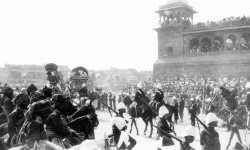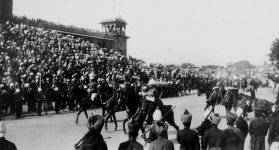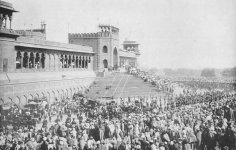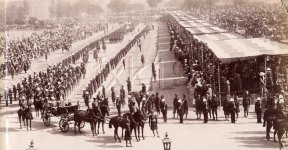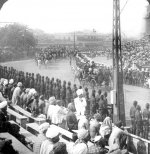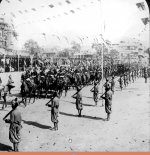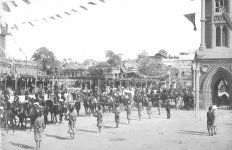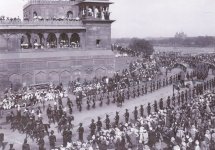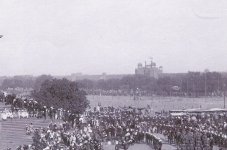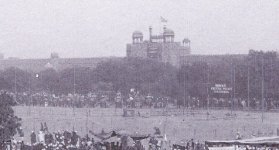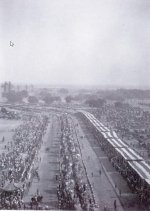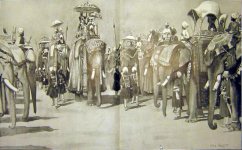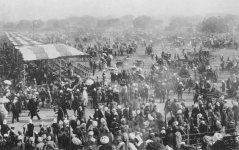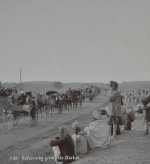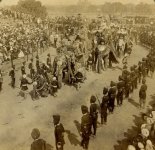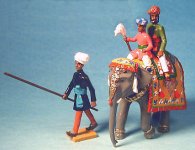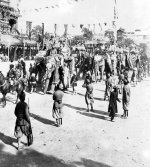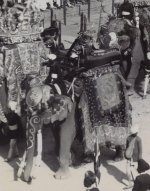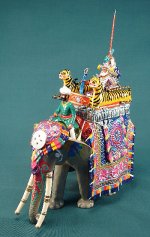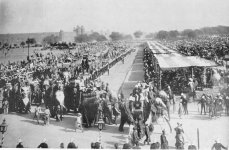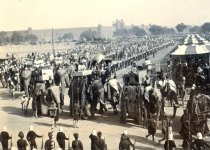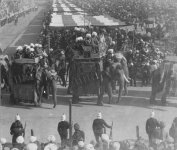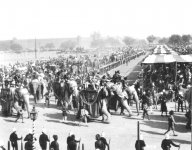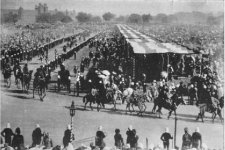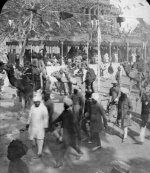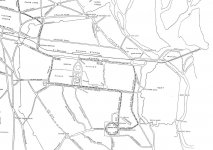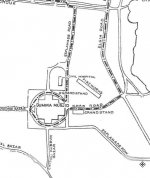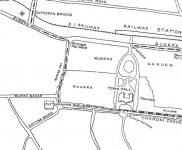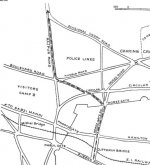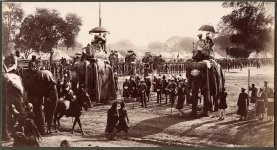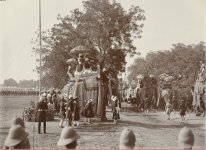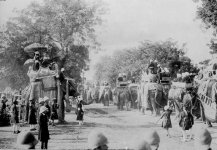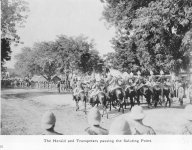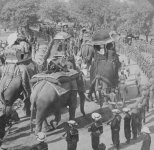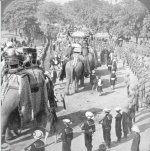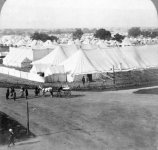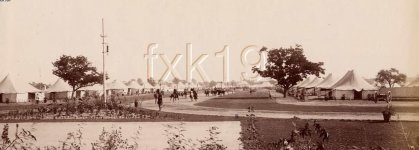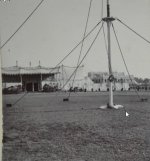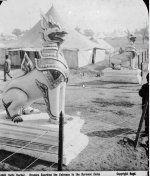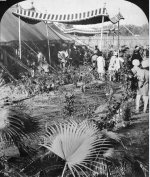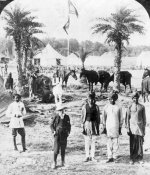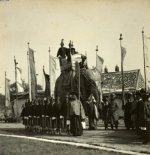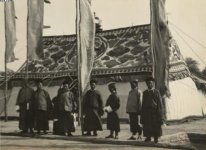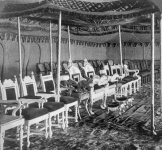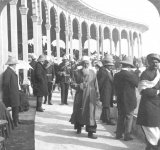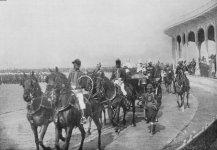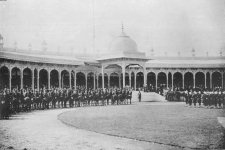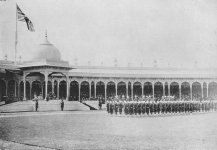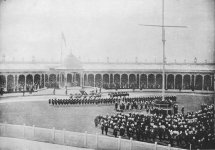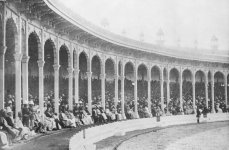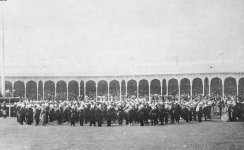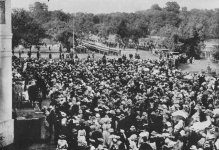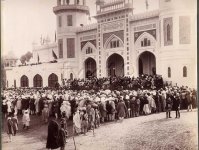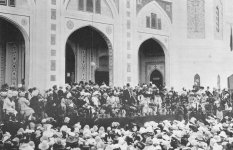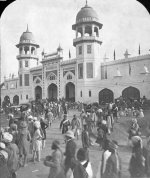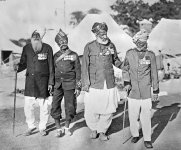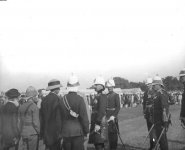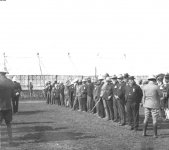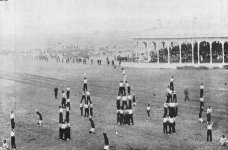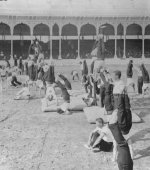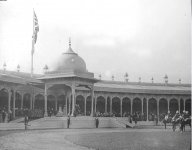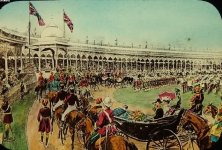Ana Donzino
First Sergeant
- Joined
- Apr 25, 2005
- Messages
- 1,439
Ana,
This is a great thread!
A question. Can you add more as to who the Imperial Cadets were?
I ask as I am aware of a small party from one Australian private school who attended the Durbar.
Scott
Thank you, Scott. I don't know much about the Imperial cadets. Only that they were part of an Indian elite academy, where many Indian princes were formed. Here is what I found online:
During the British Raj in India until 1901, professional military training was the exclusive preserve of the British officer. Yet in 1901, military training was extended for the first time to the Raj’s Indian subjects, in the form of the Imperial Cadet Corps (ICC).
In 1897, the Maharaja of Cooch Behar, wrote to Lord George Hamilton, the India Secretary, asking whether his son, then at Eton, could obtain an officer commission in the British Army. Since the Maharaja was an Indian prince, and thus a “legitimate” Indian, his request was taken seriously. However, it was rejected because Indian princes were legally not British subjects, and thus were barred, according to the Act of Settlement of 1690, from holding officers’ commissions in any part of the Crown’s Armed Forces.
In Lord George Curzon, the incoming Viceroy, he found a willing and like-minded ally. In June 1900, Curzon produced a proposal to set-up an Imperial Cadet Corps to meet the military aspirations of Indian princes and gentlemen. This was to be a small body of between twenty and thirty carefully selected young scions of the Indian princely and noble houses, and was to be attached to the Viceroy’s Durbar on special ceremonial occasions. For rest of their time, the cadets were to undergo a course of military training. The Corps was to be under the control of the Government of India’s Foreign Department, which handled all dealings with the princes.
http://usiofindia.org/Article/Print/?pub=Journal&pubno=577&ano=289
I was aware of the Australian private school attending the Durbar. I understand that one of those students wrote a book about her experiences there.
Ana


